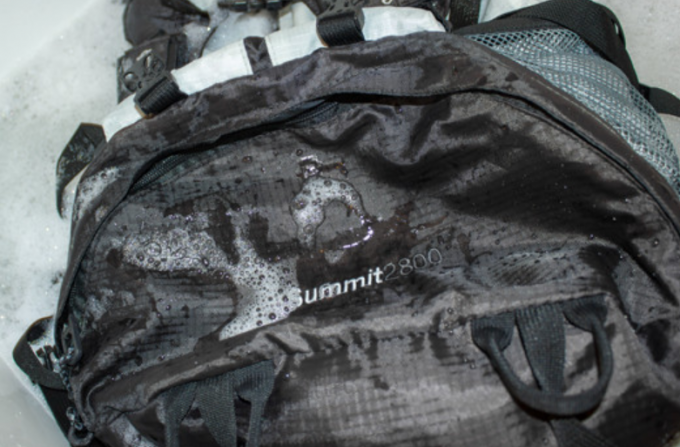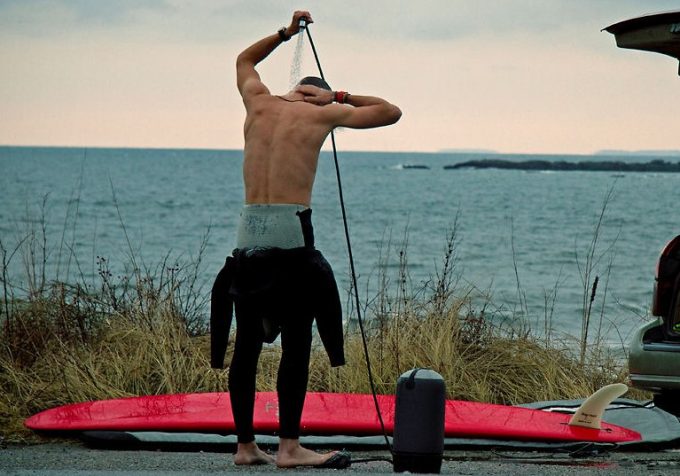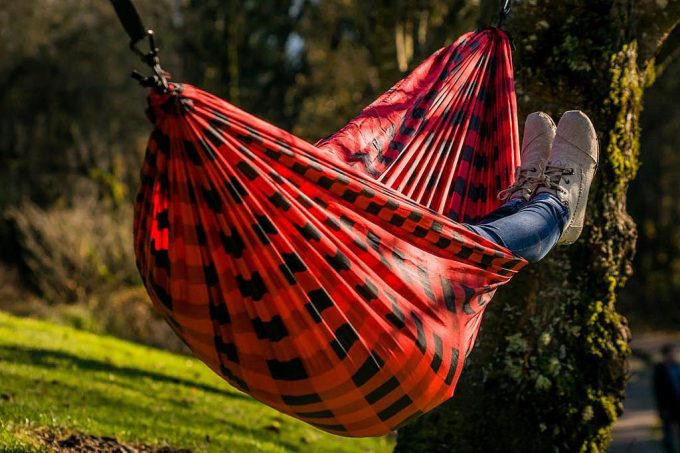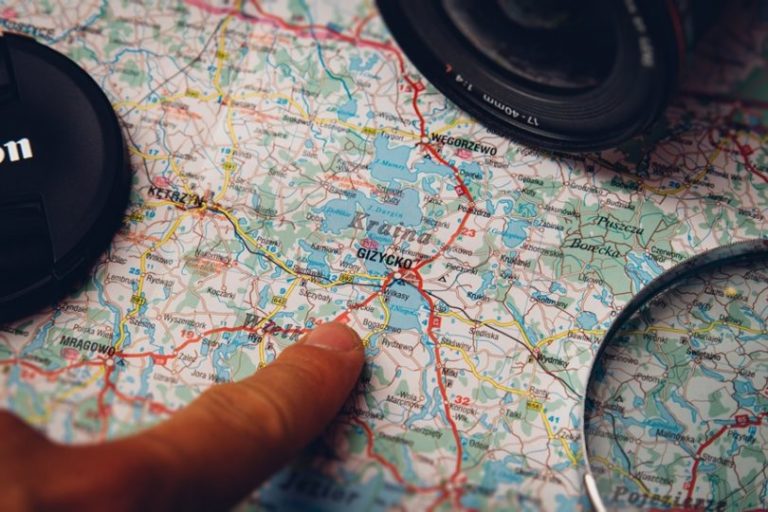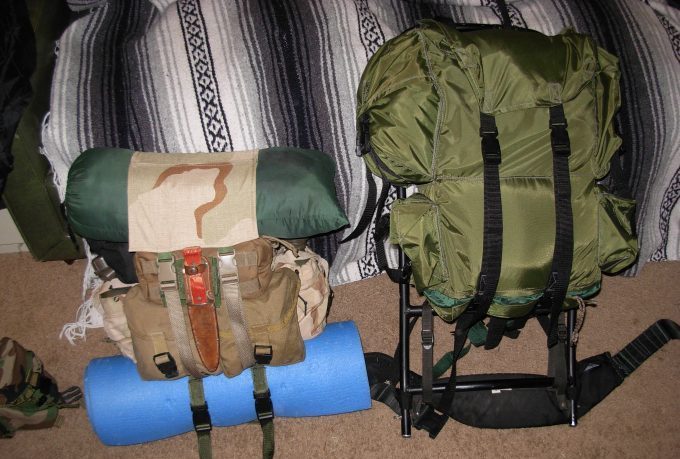How To Plan A Backpacking Trip: From The First To The Last Step
Nature is one of the most beautiful things our planet has to offer, so there are times when we just need to go into the world and try to see the most of it. One human life is not enough to see all the natural wonders found on planet Earth but is enough to gain amazing and unforgettable experiences through hiking trips all across the globe.
But for this, you have to know how to plan a backpacking trip, starting with the backpack, as it is an essential tool for survival as it can carry numerous items that can save your life such as water and food and continue with your route, what to do and what not to do in the wilderness.
There are many elements which you must take into consideration when preparing for such a trip, some more important than others, some essential ones, and a few of them which will make your trip better.
How should I choose my destination?
The first thing you must do is to establish a destination, an inspiring place to visit that is fit within your time and budget, and more importantly to ask yourself why do you want to go there. Also, any trip you make can be more beautiful if you take someone with you.
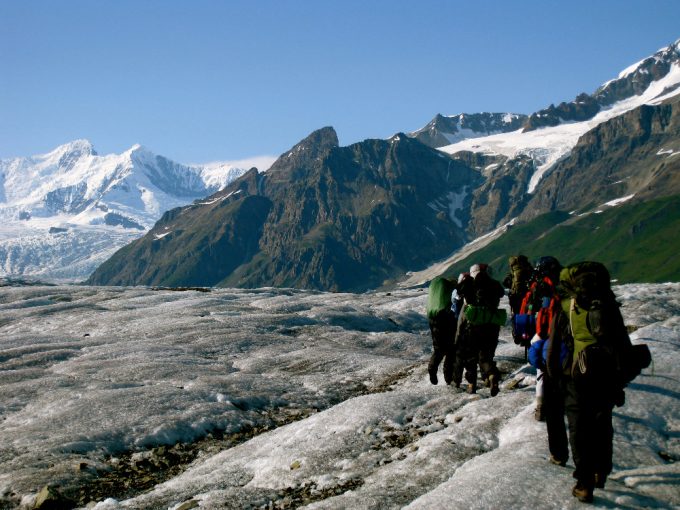
You can search for a partner that is eager to join you, and the more experienced the partner you choose will be, the better for you because he can share knowledge and, why not, gear. Be sure to choose the best time of year that fits the spot you want to go to because climate determines how many clothes and supplies you must take.
Furthermore, knowledge about the area you want to visit is imperative. Acquire maps, guidebooks or research the spot online and make sure you know the local area laws and the dangers of going there. For example, you might need specific permits to hike in that zone or special permission to have a campfire.
Moreover, pay attention to the time and distance of the trip. If you choose your time unwisely, you will rush through your trip and it will turn into a bother, not a pleasure. Prepare a schedule for which locations you want to visit so you can enjoy them entirely without running all over the place.
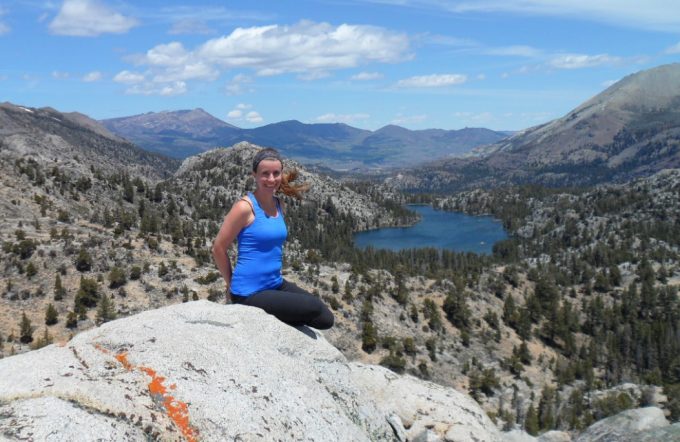
Distance must be also taken into account, as you cannot carry a heavy bag all day on your back. Determine how many hours are you comfortable when you are wearing your backpack, and make the schedule correspondingly.
Regions and what they have to offer
To make choosing a destination more simple, think about what exactly you would like to see and experience. Maybe you want to have an easy hike, on a low angled hill and just admire the blue sky.
Or perhaps you are more adventurous and feel like your legs are strong enough to climb a rocky path towards a mountain summit and see the world tinier. Whichever the choice is, the planning for it is pretty much the same.
Acknowledge your route
After you choose your destination, it is very important to research it because you cannot go blind into an unknown area, so there are a few aspects you must look into before going on your trip.
![]()
- Find everything about the established campsites and look for a good spot to stay. You can use a topographic map or you can search online for trip reports if you want more information about a specific area.
- Knowing about the water sources in the area is vital because without them a water filter or purifier are useless. Find reliable sources like streams or lakes and check if you have to take a detour in order to get to the water source. You can also melt snow to provide an alternative water source, but in this case, make sure you pack enough fuel for the melting.
- Be aware of the terrain, use a map to see where elevated gains start or where to stop for a break and have a nice view at the same time. Additionally, trip reports can show you if roads are closed, or if parts of the trail are re-routed and the dangers you might stumble upon when traveling on them such as lots of snow, mud or even poisonous plants or dangerous animals.
What should I take with me on a backpacking trip?
The gear you take with you is determined by a lot of aspects, such as weather, the time you spend on your trip, and the kind of trip. Before leaving, make sure you have the adequate backpack for it, so you won’t end up short with supplies.
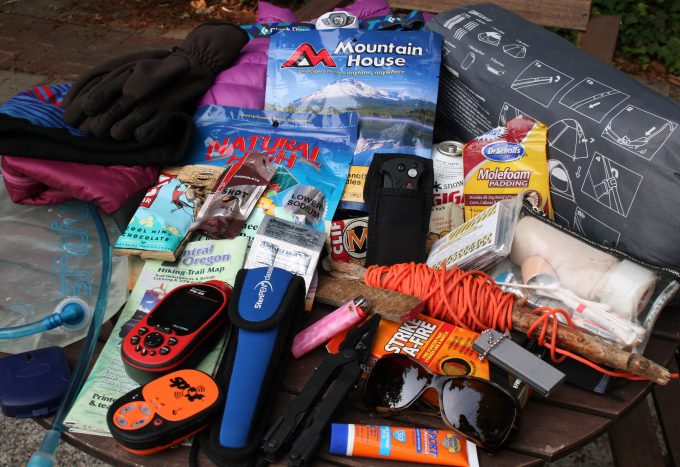
Essentials
- Navigation gear: The map and the compass are a must for every camping trip.
- Extra nutrition: it’s always good to have extra food with you, because you can never trust your stomach.
- Sufficient Hydration: Make sure you pack up enough water for your trip, and bear in mind that for example, hiking on elevated terrain will make you more tired, and consequently, more thirsty. Choose your water supplies based on the kind of trip you make. For survival, see our must-read article on how to make a water filter.
- First-aid supplies: You never know when injuries might occur, and there are no doctors out there in the wilderness, so it’s important to pack a first-aid kit with you to prevent a horrible scenario.
- Illumination gear: When going camping, light is vital, because there is no way you can walk around your tent in the middle of the night without stumbling over something. Moreover, if night catches you off-guard when hiking, you’ll be glad you brought a headlamp or a flashlight with you.
- Fire: Also being a primary source of light when camping, a campfire can keep you warm in colder nights and can provide you a way to cook your food, so make sure you pack waterproof matches or a good, reliable lighter or even candles. Check out our best survival lighters that won’t let you down.
- Insulation: Weather is always unpredictable, so it’s necessary to pack not only one type of clothes but both clothes for warm weather and for cold weather. Waterproof jacket and pants are highly recommended as you never know when you might get wet and start to freeze.
- Sun protection: Hiking with a blazing Sun on your back without using protection can be a risk to your health. Not only you can get sunburnt, but you can also get a sunstroke, and it’s really dangerous especially if you are alone.
- Repair kit and tools: Stuff breaks down unexpectedly so it’s better if you are prepared for every kind of situation. Whether your tent frame breaks down or your headlamp stops working, it is good if you know how to fix them and can actually save your life. In addition, a pocket knife can be a very useful tool and it will make your life easier. For the top bushcraft knife that you might need, check out our important list.
- Emergency shelter: If a bad storm hits you and you cannot find any shelter nearby, you are in deep trouble, so it’s best if you pack a 3-season tent with you and a synthetic sleeping bag or an inflatable air bed. Practice mounting the tent a few times before going on the trip, and make sure you know how to do it fast and efficiently.
The backpack and how to choose a reliable one
You need to take 3 things into consideration when buying a backpack: capacity, features, and fit.
Capacity
This is tied to the length of the trip you want to make and the amount of gear you want to pack. For a weekend, you need a backpack with a 30-50 liters capacity, which will be light on your feet and that will offer you maximum mobility.

You can also use a multiday backpack for this, the only difference being the higher capacity of 50-80 liters. On the other hand, for an extended trip, you need a bigger backpack with a capacity of 70 or more liters, again depending on the length of your trip.
Features
First, you have to decide if you want an internal frame backpack, an external frame backpack or a frameless backpack. Internal bags are commonly used nowadays as they offer great mobility and stability while climbing elevated terrain and also because of their body-hugging design.
External bags, on the other hand, are used when transporting irregular heavy loads and unlike the internal ones, they offer better ventilation and easier gear organization. Frameless backpacks are for hikers who like to travel and climb fast, as they have no extra weight added from a frame.
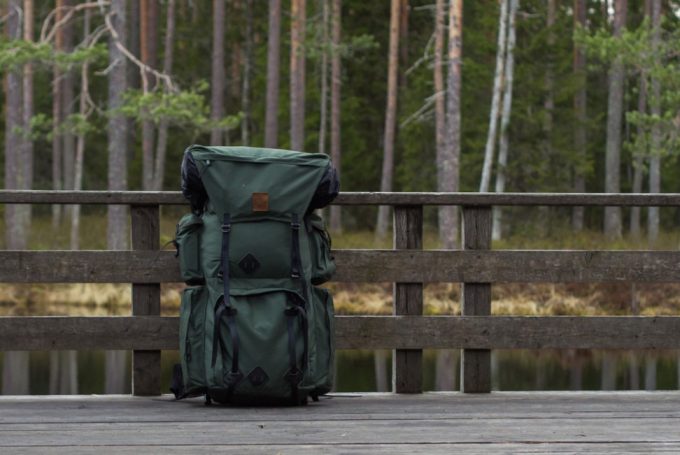
Then, you must look after the number of pockets, the padding and preferably for a hydration reservoir. Pockets are very useful when you need to access your gear fast and the right choice of padding might save you from the discomfort which will occur after you travel with your backpack for more hours.
Fit
After you decided what capacity and features you need your bag to have, you must find one that fits you perfectly. The torso length is very important and there are lots of sizes to choose from, and you can also acquire a bag with adjustable suspension, but those may weight more.
The waist size is the place where all the backpack’s weight goes so it should be supported by your hips, and if you have a narrow waist, try a smaller size, or another hipbelt, as some backpacks offer interchangeable hipbelts.

Furthermore, there are special pack bags for women and children with adjustable suspension, narrow and shorter dimensions and contoured to fit one’s specific body.
How to pack your backpack
Packing your bag doesn’t mean you just fit all of your stuff inside, on the contrary, the organization of your gear determines the bag’s comfortableness. The main trick is to place all the heavy items in the center on the backpack and lightweight items around them so it will maintain your balance.
You can also place lightweight items or items you will use the most in the side pockets or in the lid of your pack because this offers you easy access to them. In the lid you can put your map, snacks and other essential items, then on the sides and top you can place compressible items such as clothing, tent components, towels, etc.

The center should be used for the cooking gear and water and food, since they are heavier than the other gear and finally, on the bottom, you can place your sleeping bag and on the outside the sleeping pad.
How do I pick up the right food and water supplies?
Food and water are a human’s fuel, it determines how much energy we have and how strong we are, so it’s very important to know how to pack the right amount of water and the right sorts of food. First, you must organize your food to save backpacking space.
You can do this by unwrapping ingredients from their bulky packaging and then you can place them in zip-top bags which you can label so you’ll know which bag belongs to whom if you are traveling with more people. Secondly, water weights a lot, so make sure you dehydrate your food such as fruits, vegetables or pasta which you can reconstitute back into your camp.
Moreover, you can buy food with dry base ingredients such as rice or oatmeal. Water is the most important resource for us, as we only last without it for 3 days, so make sure you bring enough of it for at least 2 liters per person per day. You can use a hydration reservoir with a drinking tube or screw top bottles.

Also, bring a water filter with you, in case the water gets contaminated and check if the place you go to has a natural spring nearby, so you don’t have to carry a lot of it until you arrive there. Even if weight is important, sacrifice some of it for some extras, like a chocolate bar, a hot sauce or some veggies.
This boosts morale and offers you a more elevated camping meal. Additionally, if you are camping with more people, check if somebody has allergies or dietary needs. Nuts and beans offer proteins for vegetarians and will help them continue their journey.
Lastly, it is very important to protect your food. Wildlife can be easily attracted by the smell of food, so it is recommended you hang your food from a tree as high as possible or at the very least, store it into a durable, secure stuff sack.
What should I do to prepare myself for this trip?
Become familiar with your gear by camping somewhere overnight such as your backyard or by doing a short trip before going on the bigger one. It is very important to know how to use your gear properly and to check if it has any problems.
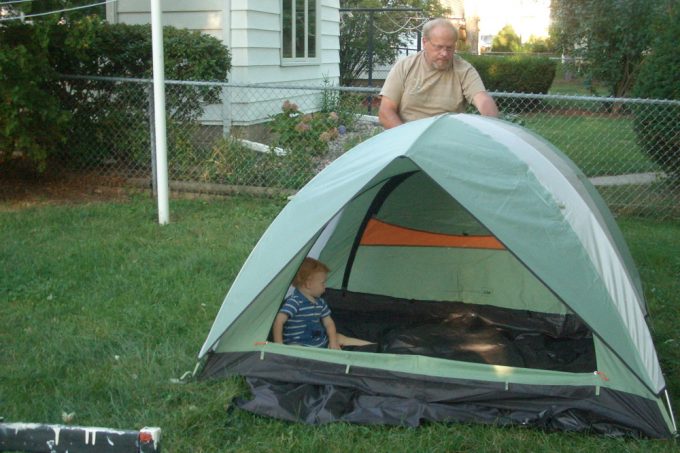
You don’t want to discover that something doesn’t work well when you’re on your backpacking trip. To get fit for the trip, you have to start exercising at least six weeks before it and you have to put the accent on your leg strength and cardiovascular fitness by running, doing long day trips or going uphill with a weighted bag on your back.
There are a series of exercises which you can do to prepare for a rough, challenging terrain hiking trip so it’ll be easier for you to climb or traverse that area. Do read our reviews of the top family tents to help your family safe.
Wall Sits
As the name says it, you put your back against a wall and pretend you sit on an invisible chair, and then you extend your arms out in front of you and maintain this position for as long as you can.
Dumbbell Step Ups
Pick up two dumbbells with the same weight and find a small box or use the first step of a staircase and put your left foot on it, match it with the right foot, step down and repeat this movement.
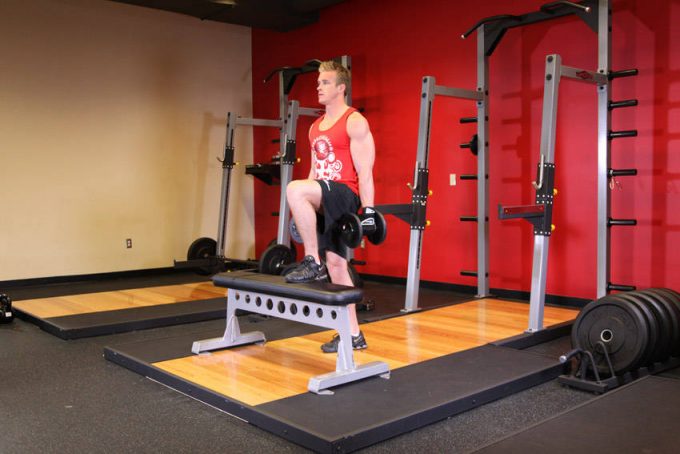
You can alternate the leg which you use to step on first and you can slowly use heavier dumbbells after some time.
Plank
Take a position like you are about to do some pushups, but instead, try to hold that position for 60 seconds then after a while repeat it.
Squats
Arch your back, point your feet out, and lower until your thighs are parallel with the floor. You can do this exercise with weights or no weights at all and it’s very useful for leg strength.
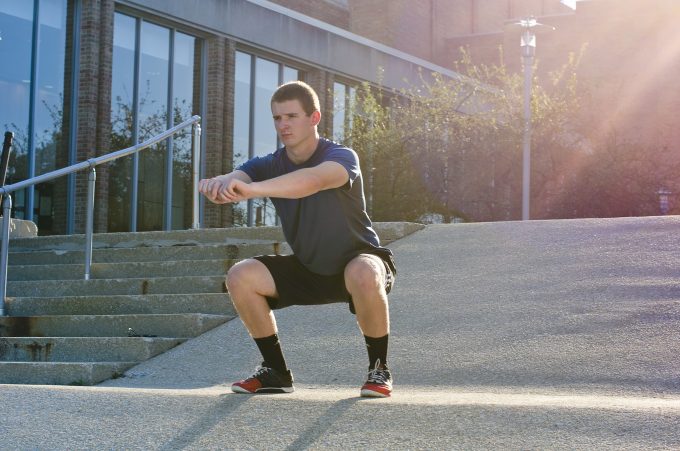
Do not use brand new hiking boots or shoes for your trip, break them in first by going with them at work or on short day trips. Your feet will thank you, because carrying a heavy backpack on your back for a long distance can be a nightmare with new footwear.
What do I do in case of an emergency?
A camping trip can always go wrong so you have to be cautious and be prepared for anything that could happen. Here are some useful tips you can use to avoid emergencies.
- Stick to the plan you made before going on the trip and let people know about it too. Leave contact info for your family, friends or even authorities so they’ll know how to look out for you if you go missing.
- For very remote and challenging terrains, use a Personal Locator Beacon which can track you through GPS and which can send a distress signal to the authorities or to the search and rescue parties.
- Learn basic wilderness survival knowledge like how to start a fire, how to get water, or how to build a provisory shelter and always pack a good first aid kit with you. You can also take a basic first aid course so you’ll know what do to in case of injuries occur or bring a whistle and a mirror with you. The whistle can be used to find a lost party member and the mirror can be used to signal the rescue teams by reflecting sunlight.
- Find information about the local hazards such as poisonous trees or dangerous animals or insects and learn how to protect yourself from them and what to do if you get attacked.
Are you ready for the trip?
To sum all up, take time when planning your backpacking trip and make sure nothing gets by you. Wilderness is a beautiful place but it can be harsh too, so prepare correspondingly.
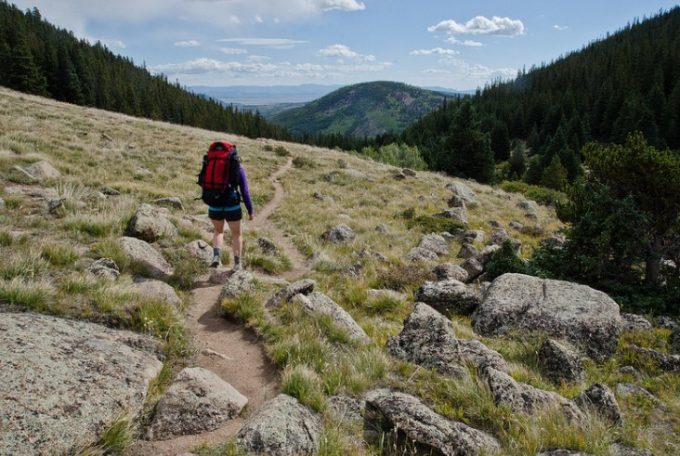
Travel in groups on your first trips, take all the necessary gear with you or share with your partners, and be aware of the place you are traveling to.
Knowledge is one of the most important parts of planning a successful backpacking trip, although it is time-consuming and stressful, it will prove worth your work when you’ll be out there, visiting the world.

